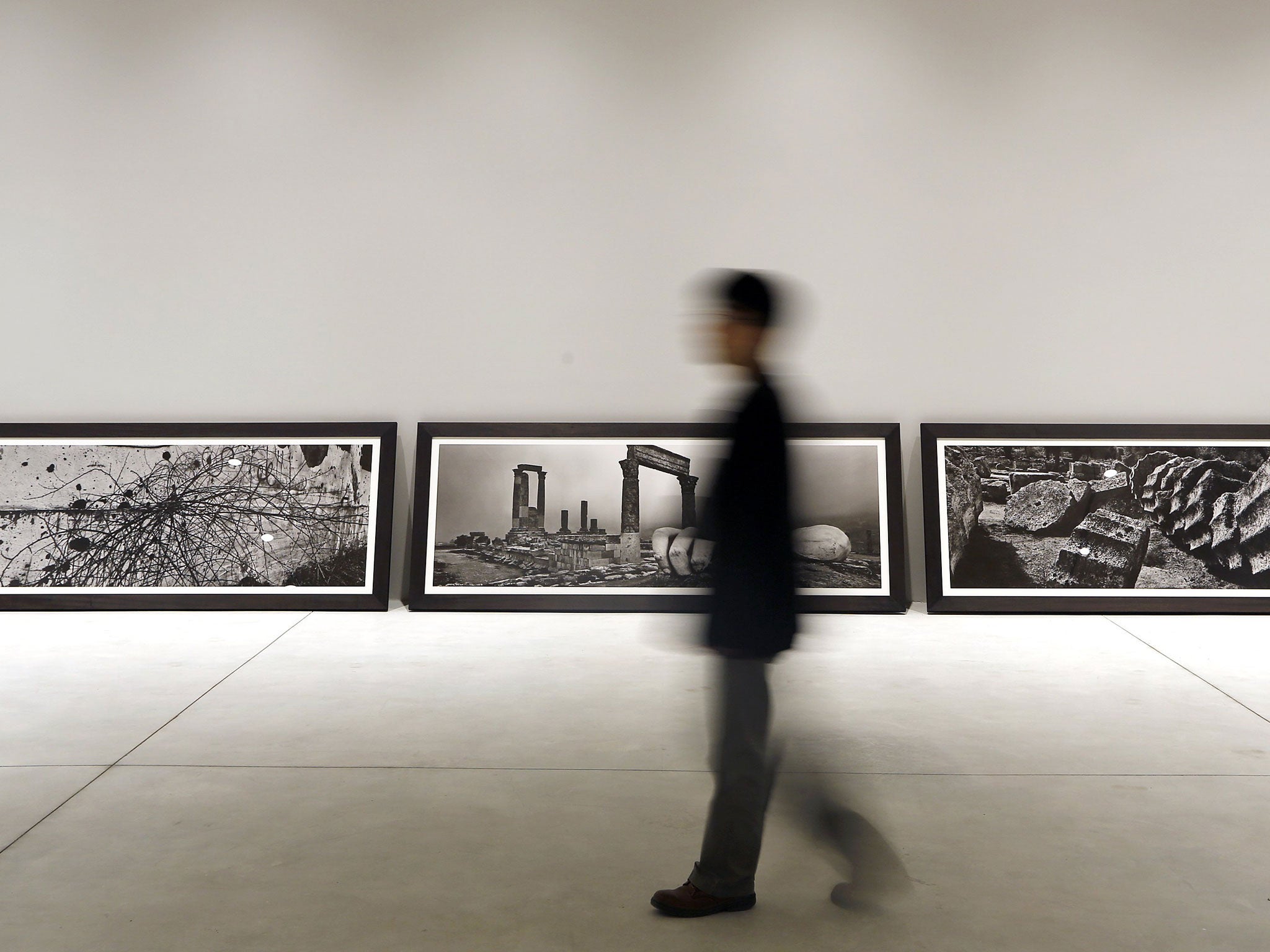Vatican to spend millions on new churches... and on artists to furnish them
Cardinal says Holy See must reclaim role as patron of the arts

Your support helps us to tell the story
From reproductive rights to climate change to Big Tech, The Independent is on the ground when the story is developing. Whether it's investigating the financials of Elon Musk's pro-Trump PAC or producing our latest documentary, 'The A Word', which shines a light on the American women fighting for reproductive rights, we know how important it is to parse out the facts from the messaging.
At such a critical moment in US history, we need reporters on the ground. Your donation allows us to keep sending journalists to speak to both sides of the story.
The Independent is trusted by Americans across the entire political spectrum. And unlike many other quality news outlets, we choose not to lock Americans out of our reporting and analysis with paywalls. We believe quality journalism should be available to everyone, paid for by those who can afford it.
Your support makes all the difference.Art may have become the new religion, to judge by the queues for many of our major exhibitions, but now it looks as though religion is going to become the new focus of artists.
The Vatican has revealed that it is going to spend millions of euros on building new churches, and it wants to commission the world's greatest contemporary artists to furnish them.
This year marks the 500th anniversary of Michelangelo's Creation of Adam on the ceiling of the Sistine Chapel, and yesterday Cardinal Gianfranco Ravasi, the president of the Pontifical Council for Culture, said that it was time for the church to re-establish its role as a major patron of contemporary art. "Art and faith are sisters," he said. "They both have the same aim of discovering the foundations of reality – not just reflecting the superficial."
He was speaking at the opening of the Venice Biennale, the world's pre-eminent contemporary art festival, in which the Holy See has taken part for the first time. It has spent ¤750,000 on building a pavilion in one of the most prominent positions on the exhibition site and filled it with the first of the cutting-edge art pieces it has commissioned. Interactive films made by the Milanese art group Studio Azzurro, based on the Book of Genesis, feature deaf performers enacting the creation of animals and prisoners that of man. It leads on to a room of photographs showing man's destruction of the environment, by the Czech artist Josef Koudelka, and concludes with a painting covered in ice that is slowly melting, by the American-Italian artist Lawrence Carroll.
"Our presence at the Biennale is the first step in a long journey that involves not only the building of churches in a contemporary style, but the creation of new liturgical objects," Cardinal Ravasi said. He confirmed that contemporary artists will be paid to design new altars, baptismal fonts, tabernacles and lecterns. Among his favourite architects, he said, are the Spanish Santiago Calatrava and the Japanese Tadao Ando, as well as past Modernist masters, Le Corbusier and Alvar Aalto. "We will get artists from all continents involved and in particular we need women artists; they have another language." A plan to fill one of the rooms of the pavilion in Venice with work by the Colombian-born sculptor Doris Salcedo, featuring flowers of the Amazon, was thwarted by incessant rain over the last week in the Italian city, he said.
The move into contemporary art and architecture is a clear attempt by the Vatican to open its doors at a time when, rocked by scandal, it stands accused of being out of touch and secretive. The cardinal, who writes his own tweets, has criticised priests in the past for their "boring" and "irrelevant" sermons, and is one of the prime movers in the effort to make the church more relevant to the secular society of Western Europe. In an effort to embrace other aspects of popular culture, he is also launching a Vatican cricket team. He was ordained in 1966, is a former professor and archeological scholar, and was widely tipped to become the new pope earlier this year.
His affection for paintings developed, he said, when as the prefect of the Ambrosian library for 20 years he saw, on an almost daily basis, a Caravaggio painting of a fruit basket that hung on the library's walls. "It pushed me into a surprising new form of linguistics," he said.
The programme of designing the new churches will begin next year, to be followed by the fine art commissions thereafter. "For 20 centuries art and faith walked together, but in the last 50 years they have been separated," Cardinal Ravasi concluded. "It is time now to get over that divorce.
Join our commenting forum
Join thought-provoking conversations, follow other Independent readers and see their replies
Comments